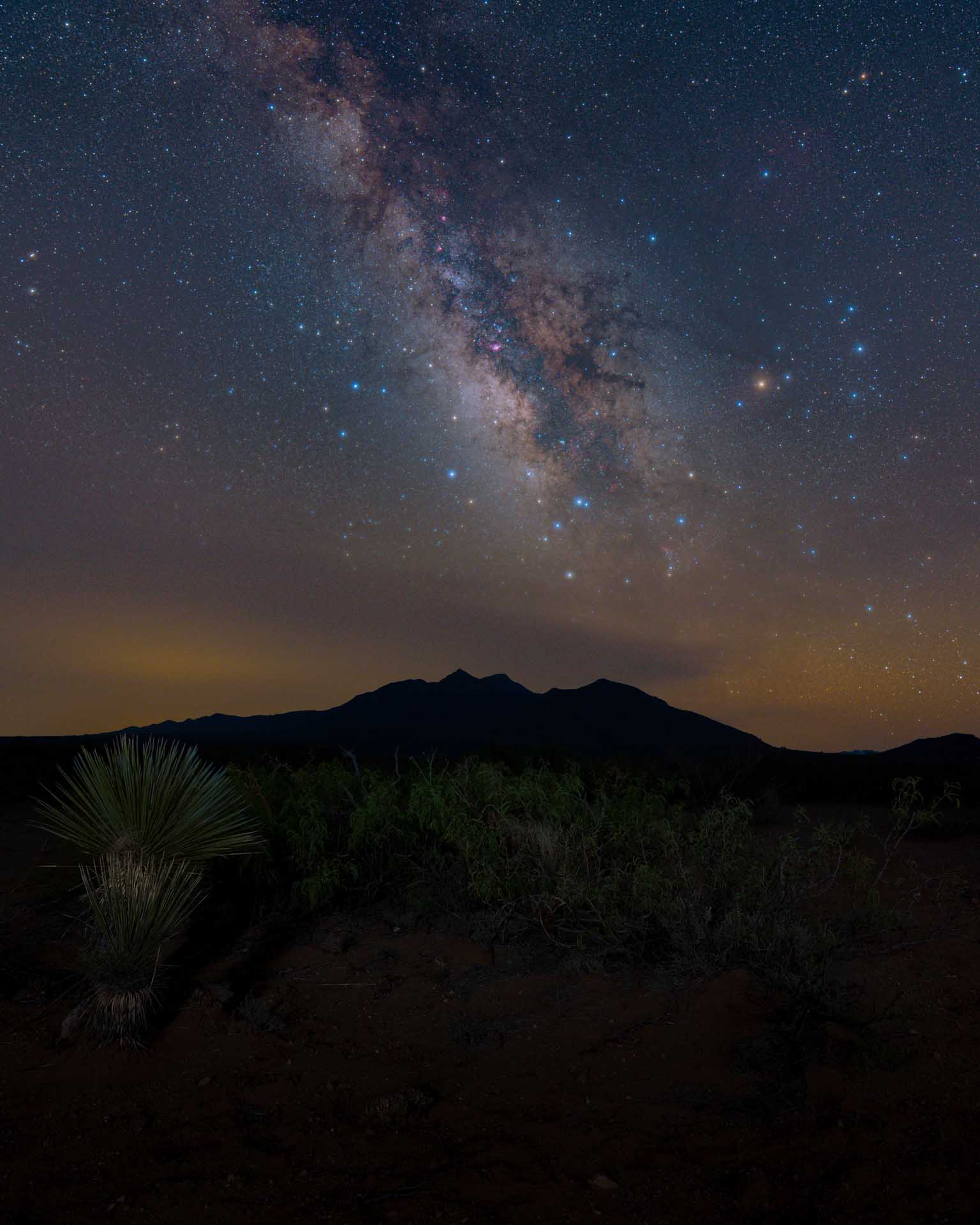Background
Natural gas pipelines, coal slurry pipelines, telephone and cable trunk lines, irrigation canals, and electric transmission power lines have the potential to dramatically impact the Continental Divide National Scenic Trail.
These facilities provide important public services – the natural gas, electric power, water resources, or communications services delivered through these facilities provide what most consider essential needs for modern living, andCongress also provided for these uses to be authorized near the trail when necessary. The National Trail System Act provides that “(o)ther uses along the trail, which will not substantially interfere with the nature and purposes of the trail, may be permitted by the Secretary charged with administration of the trail.”
However, these projects also come at a cost. The visual, auditory, and other impacts associated with linear transmission facilities and communication towers can have a significant effect on visitors’ experiences on the Continental Divide National Scenic Trail, and in some instances, destroy the very values that Congress intended to preserve when it designated the trail as a National Scenic Trail.
Adverse impacts can include access roads, cleared swaths of native land, chain-link fences, lights, borrow pits, chemical treatments for control of vegetation, access by off-road vehicles, and invasive species. Perhaps most evident of all, overhead power lines, cellular towers, and wind farms can change entire viewscapes, inhibiting immersion into a spectacular backcountry landscape or historic site.
The number of linear transmission projects that intersect the Continental Divide National Scenic Trail and the number of communication towers and wind-generation facilities near the trail will continue to grow. If left unchecked, the cumulative impacts of these projects also will continue to expand over time, diminishing the natural, cultural, scenic and recreational values of the Continental Divide National Scenic Trail.

Policy
The purpose of this policy is not to prohibit linear transmission facilities from crossing the Continental Divide National Scenic Trail, but to encourage proponents and permitting agencies to carefully evaluate these types of proposals, limit new crossings to those that are absolutely necessary, and mitigate the adverse effects of these crossings deemed necessary to the greatest extent possible.
The Continental Divide Trail Coalition seeks to protect and promote the enjoyment of the Continental Divide National Scenic Trail in such a way that the natural, cultural, historic, scenic, and recreational resources of the trail are not adversely affected by these types of facilities. To this end, the CDTC hereby adopts the following policy:
Linear transmission facilities have the potential to cause significant, adverse impacts to the purposes and nature of the Continental Divide National Scenic Trail. The CDT Coalition encourages federal, state, and local agency authorities to adequately analyze the site-specific and cumulative impacts of any proposal for a linear transmission facility; seek opportunities for co-location of facilities at crossings of the Continental Divide National Scenic Trail; and require adequate mitigation for all impacts to Continental Divide National Scenic Trail values. The CDTC will concur with, and not oppose, a proposal for a linear transmission facility, only if:
1) the project has been determined to be in the public interest, as a result of a thorough public process that results in a determination that the project is needed and that the proposed project is an environmentally acceptable method for meeting that need;
2) a determination has been made that the only feasible route or routes must cross the route of, or be immediately proximate to, the Continental Divide National Scenic Trail;
3) a thorough environmental analysis of the project has been completed, including visual impact analysis and “seen area mapping,” and the impacts to natural, cultural, historic, scenic, and recreational resources along the Continental Divide National Scenic Trail corridor have been accurately documented and disclosed;
4) the linear route or location of the project will be sited where (a) the important natural, cultural, scenic, and recreational values of the trail will not be adversely affected, and (b) the proposed project can be co-located with other linear transmission projects; and
5) to the extent that there are any residual adverse impacts of the proposed project, they can and will be adequately mitigated, through a combination of mitigating measures that will achieve a result of “no net loss” of the trail’s natural, cultural, historic scenic, and recreational values.
The following special resource areas, at least to the extent that they are situated within the foreground or middle-ground view of the Continental Divide National Scenic Trail, should be considered as exclusion zones, where these types of facilities are not permitted:
- Designated Wilderness Areas, Wilderness Study Areas, potential wilderness areas, and recommended wilderness areas, as identified by federal land management agencies;
- Historic sites, culturally significant sites, and key interpretive sites;
- National Parks and other units of the National Park System;
- Forest Service inventoried roadless areas;
- Forest Service primitive and semi-primitive areas;
- Bureau of Land Management National Conservation Areas and other designated non-motorized areas;
- Natural heritage sites, and appropriate buffer zones;
- Designated National Wild, Scenic, and Recreation River corridors;
- Public-use areas, including waysides, campsites, shelters, picnic areas, and overlooks;
- Unique habitats and ecological communities, including, but not limited to, alpine zones, riparian areas, wetlands, and canyonlands; and
- Any other special area where significant trail values, such as a sense of remoteness, would be compromised.
Alternatively, the CDTC supports the identification of zones where these facilities should be located, provided no other prudent and feasible alternatives exist and mitigation sufficient to achieve a “no net loss” condition has been included in the project design. The logical place for such a zone, in many (but not all) cases, is adjacent to existing transmission facilities, highways, or major roads, in areas that have already been developed for these types of industrial-scale facilities and that are not proximate to the exclusion zones listed above.




